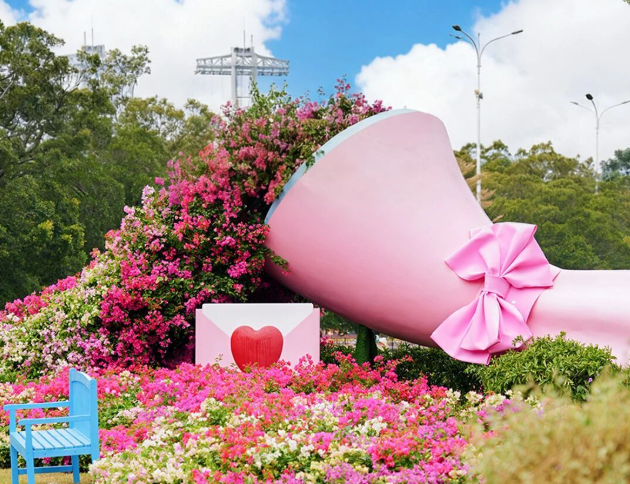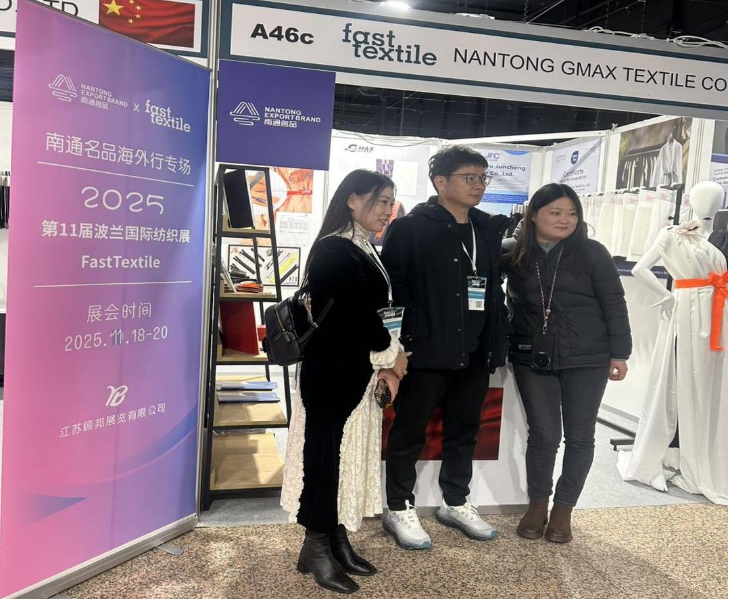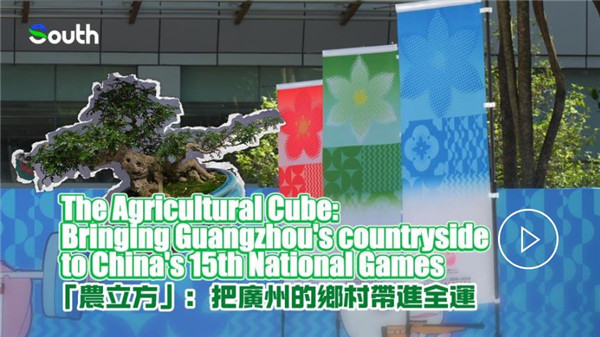
时间:2024-11-15 18:38:27人气:10202来源: 央视新闻客户端
"This is a journey to seek the 'spikes' that bind. Chinese railroad workers are like the railway spikes firmly connecting China and the United States. They not only helped America build its first transcontinental railroad but also strengthened the bond between two nations across the Pacific."
These are the heartfelt words of William, who hails from Salt Lake City, Utah, after his two-month journey retracing the path of Chinese railroad workers across China and the U.S.
The year 2024 marks the 45th anniversary of diplomatic relations between China and the U.S. and the 155th anniversary of the completion of the American Transcontinental Railroad, formerly known as the Pacific Railroad.
A year ago, on November 15, Chinese President Xi Jinping mentioned the story of Chinese workers who contributed to building the Pacific Railroad 158 years ago in his speech at the Welcome Dinner by Friendly Organizations in the United States following a meeting with the U.S. President.
Dubbed one of the seven industrial wonders of the world since the Industrial Revolution, the Transcontinental Railroad was a feat of engineering that relied on the labor of over 10,000 Chinese workers, most of whom hailed from Guangdong Province.
These Chinese railroad workers undertook the most challenging western section of the railway, enduring harsh weather conditions and excavating 15 tunnels through the solid rock of the Sierra Nevada, achieving what seemed impossible.
On May 10, 2024, the 155th anniversary of the railroad's completion was celebrated at the Golden Spike National Historical Park in Utah. The event re-enacted the historic moment when the eastern and western sections of the railroad were joined, and the ceremonial golden spike was driven into the track. The celebration also recreated the iconic photograph taken at the 1869 ceremony.
William played the role of a Chinese railroad worker at the event. His father, Pat Santee, is an American, and his mother, Siu Lin Chen Santee, is from Guangdong, China. Both parents are active members of the Chinese Railroad Workers Descendants Association, advocating for historical research, heritage preservation, and public education on the contributions of Chinese railroad workers.
Inspired by his parents and intrigued by the absence of Chinese workers in the 1869 celebration photo, William decided to embark on his own journey. He sought to uncover what transpired on this land 155 years ago, why Chinese workers crossed the Pacific to the United States, and the critical role they played in constructing the Transcontinental Railroad.
GDToday documented William's journey in its entirety. Starting from Promontory Summit in Utah, through the snowy Donner Pass, to the sunlit shores of San Francisco, William retraced the western section of the railroad built by Chinese workers. Along the way, he uncovered traces of their struggles and triumphs and sought expert insights to reconstruct the historical narrative.
After concluding his U.S. tour, William, at his mother's suggestion, traveled to Guangdong, the homeland of the railroad workers and his family. In Jiangmen, he visited descendants of railroad workers and their ancestral villages and paid his respects at the Xinhui Huangzhukeng Overseas Chinese Cemetery.
William's two-month journey across China and the U.S. culminated in Salt Lake City, where he participated in the "My Story with the Golden Connection" storytelling event hosted by GDToday.
Reflecting on his journey, William said, "It has been an honor to portray Chinese railroad workers during the Golden Spike celebrations. After walking the railroads they built and visiting their hometowns, I feel an immense sense of pride in this role."
"The wisdom and courage of Chinese workers helped build America's first transcontinental railroad and paved the way for the development of their hometowns. The enduring spirit of the Chinese railroad workers whose remains live beneath Sierra Nevada's eternal snow should be remembered, honored, and respected forever," William said.
Planning | Zhao Yang
Coordination | Xie Miaofeng
Reporters | Ou Xiaoming, Liu Xiaodi, Wang Liangjue, Zhou Hongdou, Guo Hongda, Guan Jieming, Ou Nanying
Visual Design | Lai Meiya
Editors | Yuan Zixiang, Liu Lingzhi, James, Shen He
Special Thanks | Zhu Weiliang, Pan Xiaochen, Li Aiying from Jiangmen Bureau of Nanfang Media Group
Archival Sources | Special Collections and University Archives of Stanford University Libraries, California State Railroad Museum, Chinese Railroad Workers Descendants Association, China Qiaodu Museum for Overseas Chinese, Xinhui Museum, Wuyi University
Xie Chunhong, Fang Yuqing, Zhi Zhucheng, Yang Lin, and Wang Yulin contributed to the story.

Maritime Silk Road Media Cooperation Platform launched in Guangzhou
(14350)人喜欢2025-12-03
China Xplained | How China contributes to rise of Global South
(9036)人喜欢2025-12-02
Capturing Guangzhou's autumn–winter blossoms
(36578)人喜欢2025-11-29
Nantong Export Brands Overseas Tour Shines on the Global Stage
(21291)人喜欢2025-11-21
Cross-cultural culinary encounter: Republic of the Congo media impressed by 15th National Games cuisine
(25493)人喜欢2025-11-19
RIDING THE CREST OF A WAVE History making teen surfer Yang wins shortboard gold, cementing her position as nation's top shredder
(21288)人喜欢2025-11-18
The Agricultural Cube: Bringing Guangzhou's agricultural products to China's 15th National Games
(9952)人喜欢2025-11-15
Nantong Textile Compaines Shines in Lodz, Poland
(15533)人喜欢2025-11-14